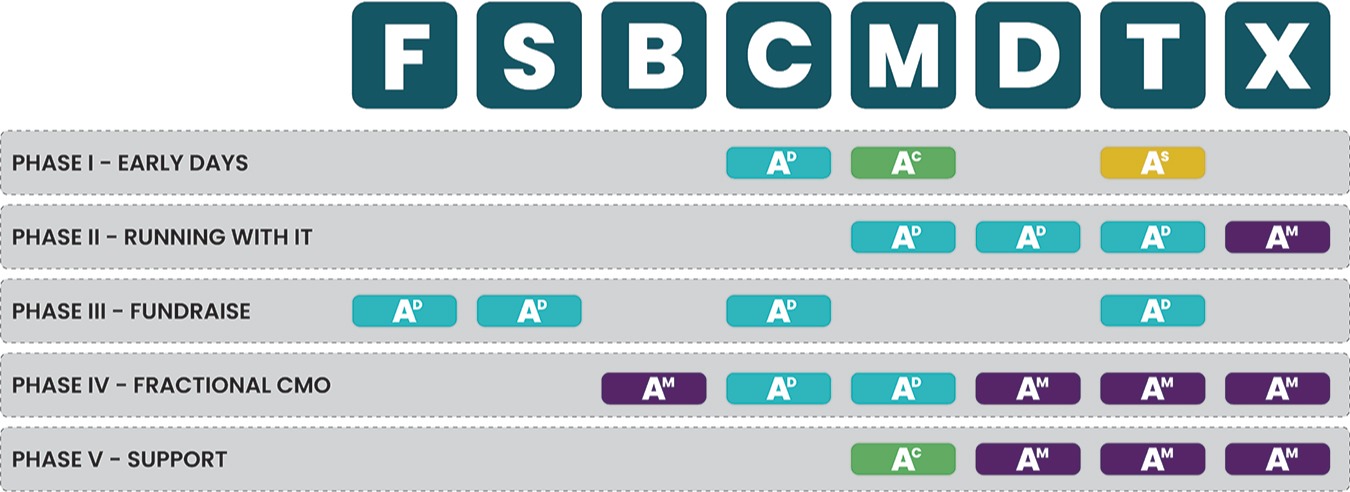For some clients, we dive deep into one particular element that’s getting in the way of delivering exceptional results - polishing-up related parts of the business along the way.
For others, it’s more of an end-to-end upgrade, working through multiple aspects of their customer-facing operations to help align, streamline, and turbo-charge performance.
We shift between four different modes of engagement, which will change as a project unfolds.
We usually start in Assess mode, seeking to understand, assess, and diagnose key components of your business, and to produce a set of recommendations. This can apply to any or all eight themes.
Next, we either move into Advise mode, where we guide your team as they pursue improvements, or Action mode, where we act as an extension of your team and do more of the heavy lifting.
In many cases, we mix Advise and Action modes, taking on greater responsibility for some themes than others. We work with you to decide which aspects of the project require Advise mode and which demand Action mode, based on your in-house skills, experience, and staff availability.
As our project work wraps up and you shift to applying new processes and taking advantage of new technology, we offer Amplify mode. This is where we provide ongoing support to you and your team as they continue learning and embedding skills and processes.
Scroll down to see how we combine these thematic building blocks and different levels of engagement to provide optimized support to your in-house team.
This client approached us for help with their account-based marketing (ABM). After an initial assessment, we identified gaps that were holding the team back. We helped them improve customer understanding and create a messaging and marketing strategy before transitioning execution back to the team and providing broad-based support.

For a client that was dissatisfied with their existing CRM and tech stack, we helped confirm that HubSpot would be a good fit. We migrated their data from existing databases, set up key integrations, configured HubSpot, trained their staff on how to use the software, and the provided ongoing support.

This client had been using HubSpot Marketing for some time but, after staff turnover, needed to evaluate the state of their HubSpot database. We helped them see how to get more out of the software and to justify migrating their CRM and sales enablement toolset from Salesforce to HubSpot.

A private equity firm approached Strategic Piece to help their portfolio company with strategy and sales enablement. We worked with the management team to define a growth strategy and deepen their customer understanding, then with their established marketing agency to deliver enhanced content and account-based marketing.

We have supported this client since 2017, functioning as their outsourced marketing department and, more recently, fractional CMO. We have helped them expand their market presence, building on initial customer traction, raise investment, and move towards a market-leading position.
